

https://www.wisconsinhistory.org/Records/Property/HI10847
1728 COLLEGE AVE
| Historic Name: | Andrew and Anna Pfeiffer House |
|---|---|
| Other Name: | Jim and Jackie Moes House |
| Contributing: | Yes |
| Reference Number: |
10847 |
| Location (Address): | 1728 COLLEGE AVE |
|---|---|
| County: | Racine |
| City: | Racine |
| Year Built: | 1926 |
|---|---|
| Additions: | |
| Survey Date: | 1980 |
| Historic Use: | house |
| Architectural Style: | Tudor Revival |
| Structural System: | |
| Wall Material: | Stone – Unspecified |
| Architect: | D. WADE DENHAM |
| Other Buildings On Site: | |
| Demolished?: | No |
| National/State Register Listing Name: | Southside Historic District |
|---|---|
| National Register Listing Date: | 10/18/1977 |
| State Register Listing Date: | 1/1/1989 |
| Additional Information: | TUDOR ARCHED DOOR. WINDOW IN GABLE. South Side Historic District Walking Tour Guide: Andrew Pfeiffer was a doctor who practiced in Racine until the early 1950s at a clinic that bore his name on Washington Avenue uptown. |
|---|---|
| Bibliographic References: | CONSTRUCTION DATE AND HISTORIC NAME FOUND IN “SOUTHSIDE HISTORIC DISTRICT WALKING TOUR GUIDE”. RACINE JOURNAL TIMES 9/26/1996. Racine Landmarks Preservation Commission, South Side Historic District Walking Tour Guide, 1993. |


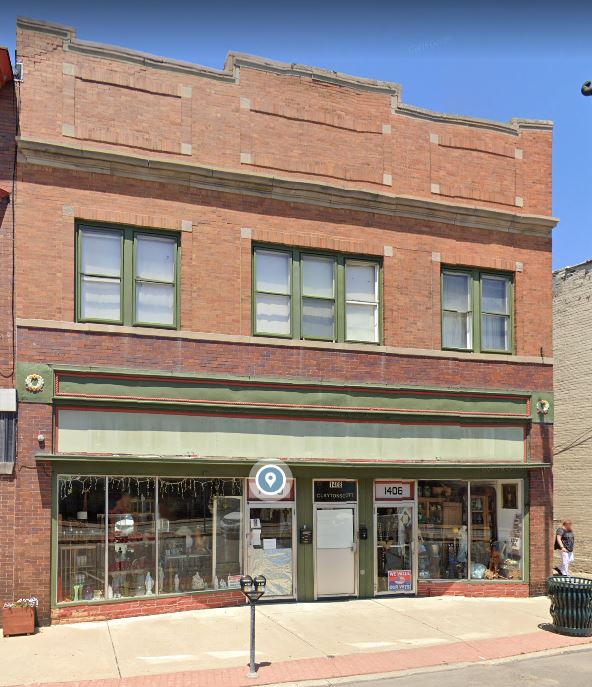
Gerald Karwowski: The Clinic was upstairs .. All the examination rooms were still unchanged the last time I was in the building.
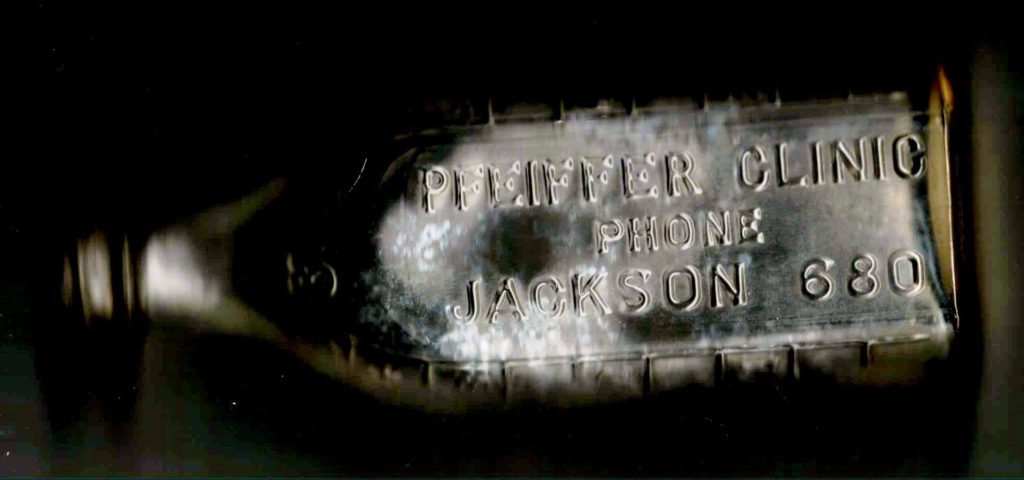
Todd Wallace: Dr. Andrew Pfeiffer was treasurer of St. Luke’s Hospital in 1922.

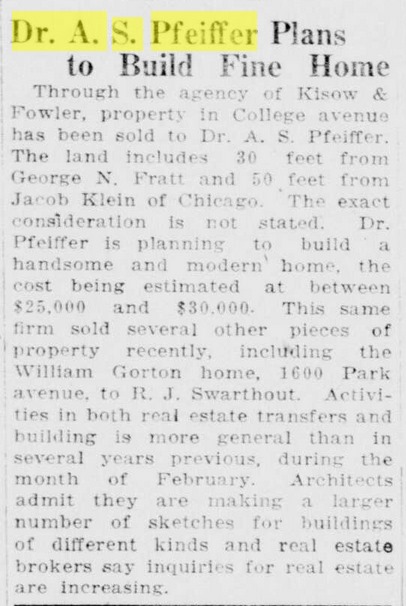

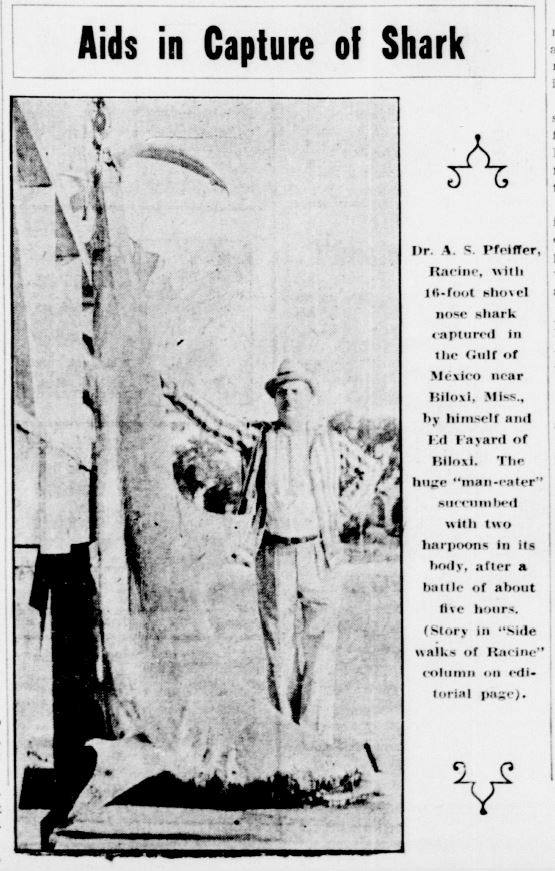
Anthony Peterson: As you walked up the stairs to the doctors’ clinic there was a huge photo of the doctor and that shark hanging on the wall.
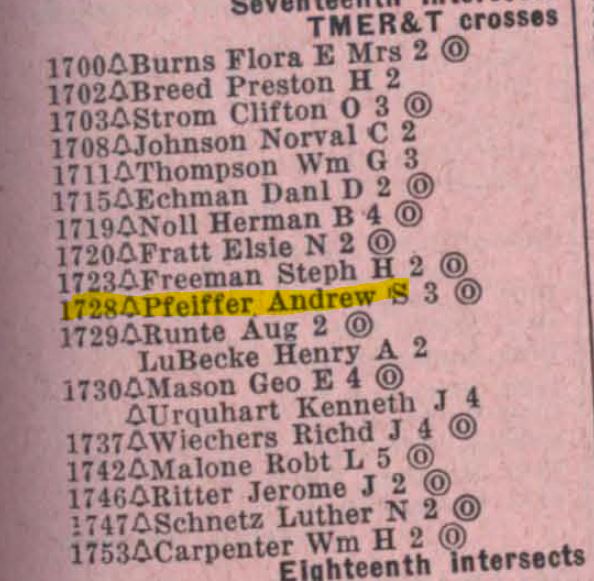
Sue Causey: They had a son who died in ww2. The room in the back was for the chauffeur……they attended St Rose church. The exterior stone technique is quite labor intensive as every stone piece fits together like a puzzle.
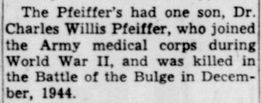


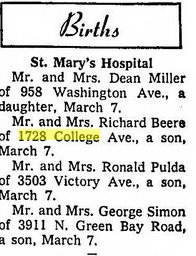
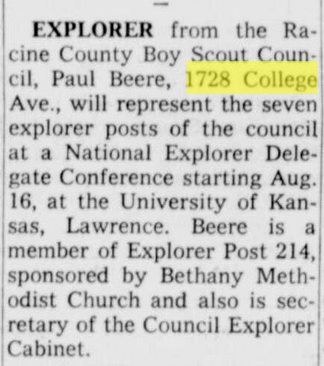
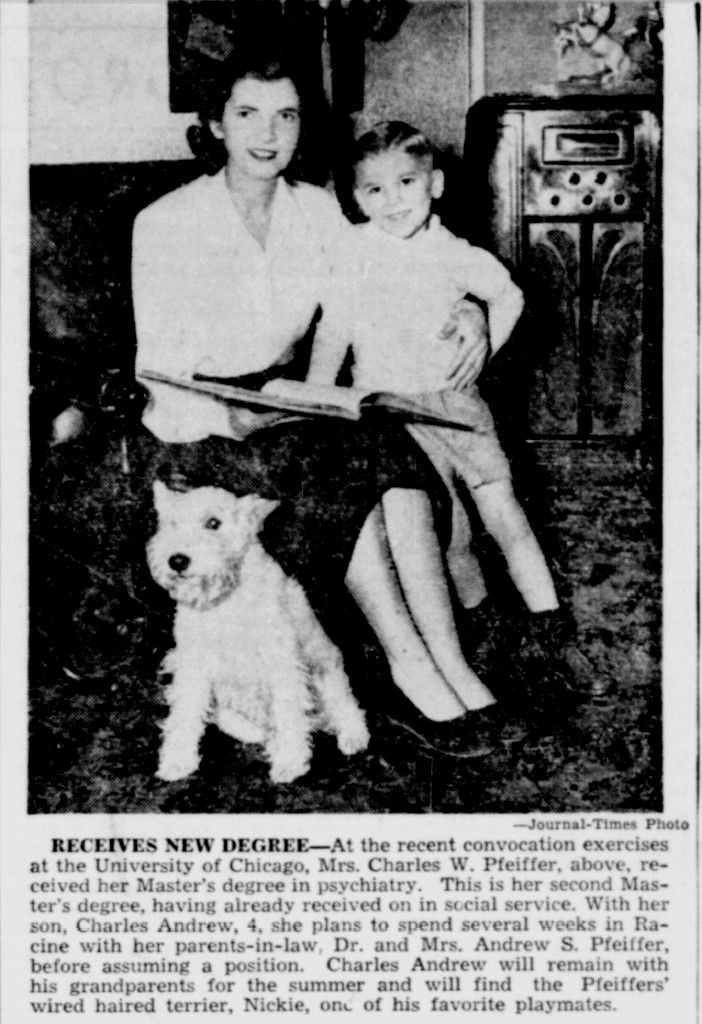
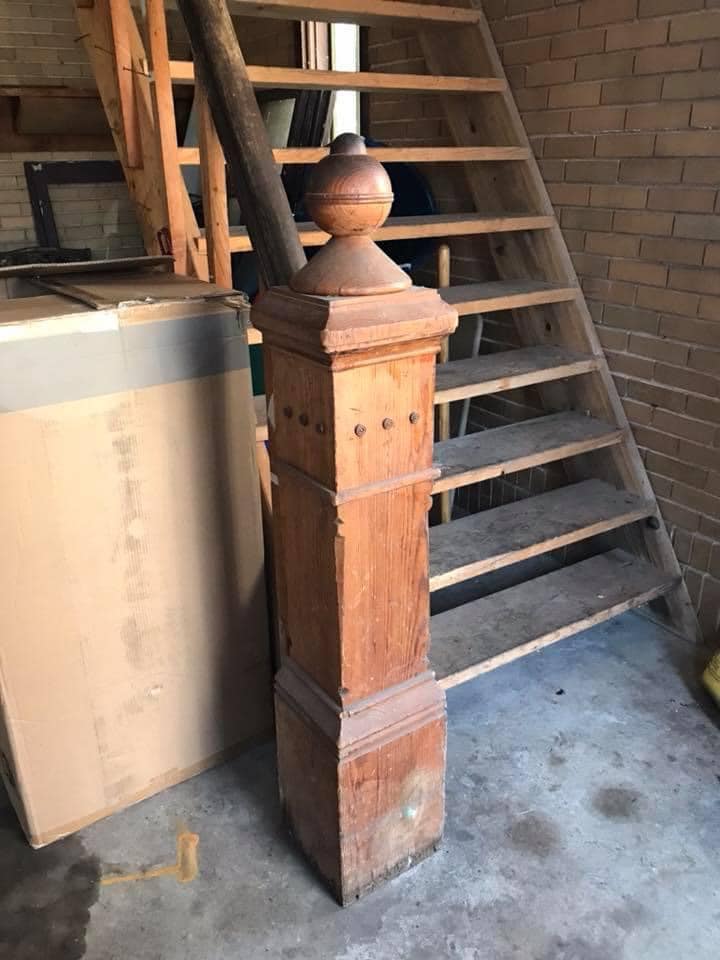
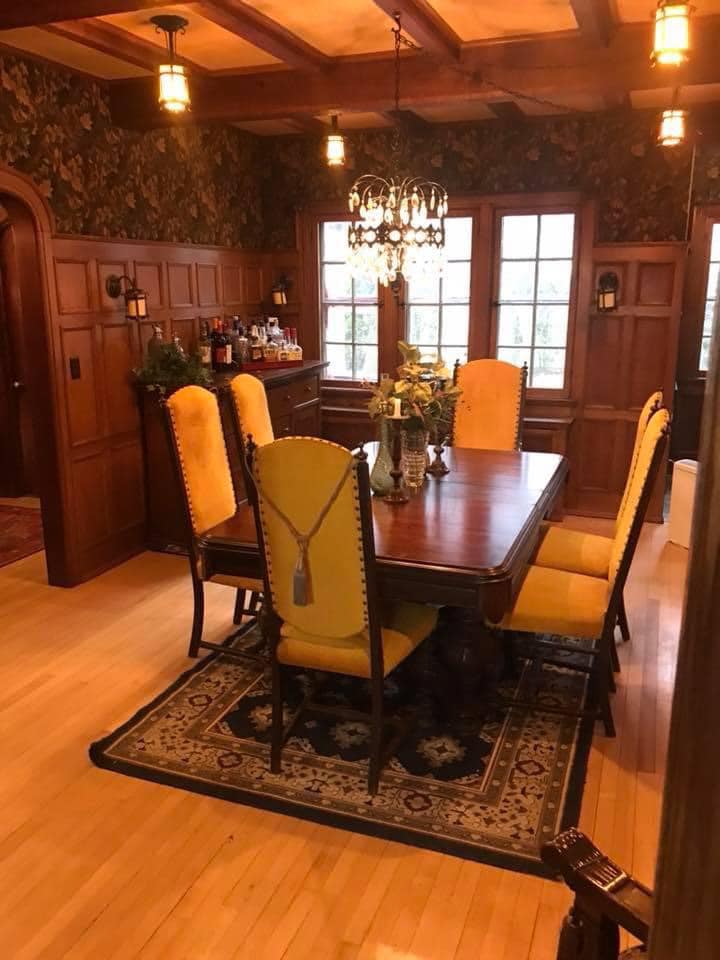

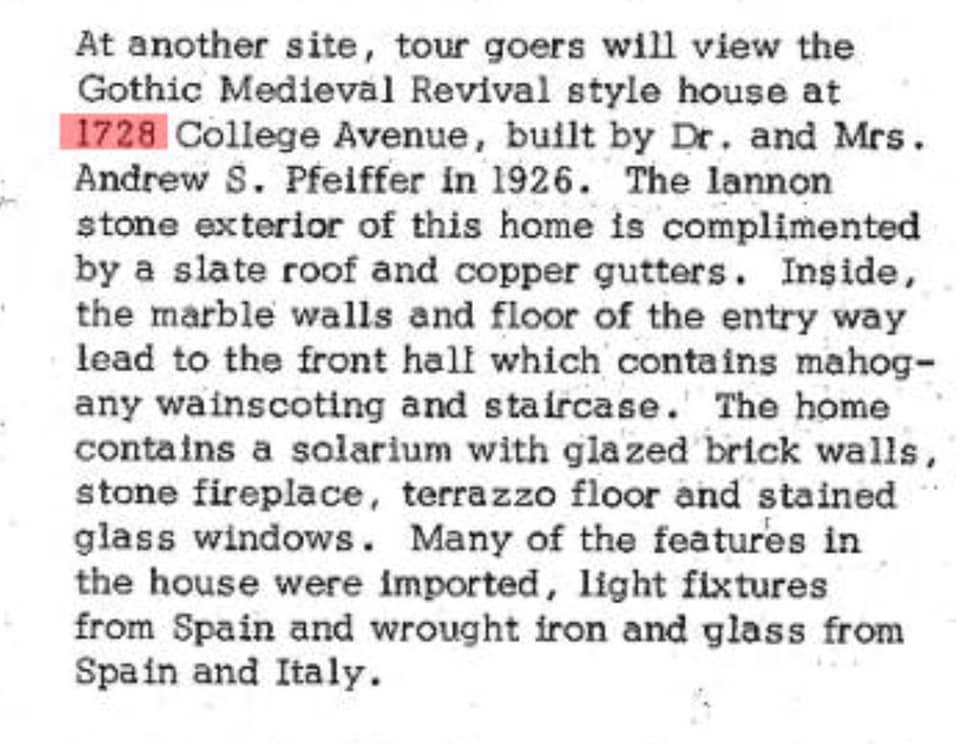
This was a brief writeup in 1979. More details were in the tour booklets in both years.
http://preservationracine.org/…/preservation-racine-news/
Vyto Kapocius: Mom used to clean offices for the brothers. Oliver was our family doctor. On stairs was a sign, Remember Pearl Harbor. There also was a pharmacy and dentist office.
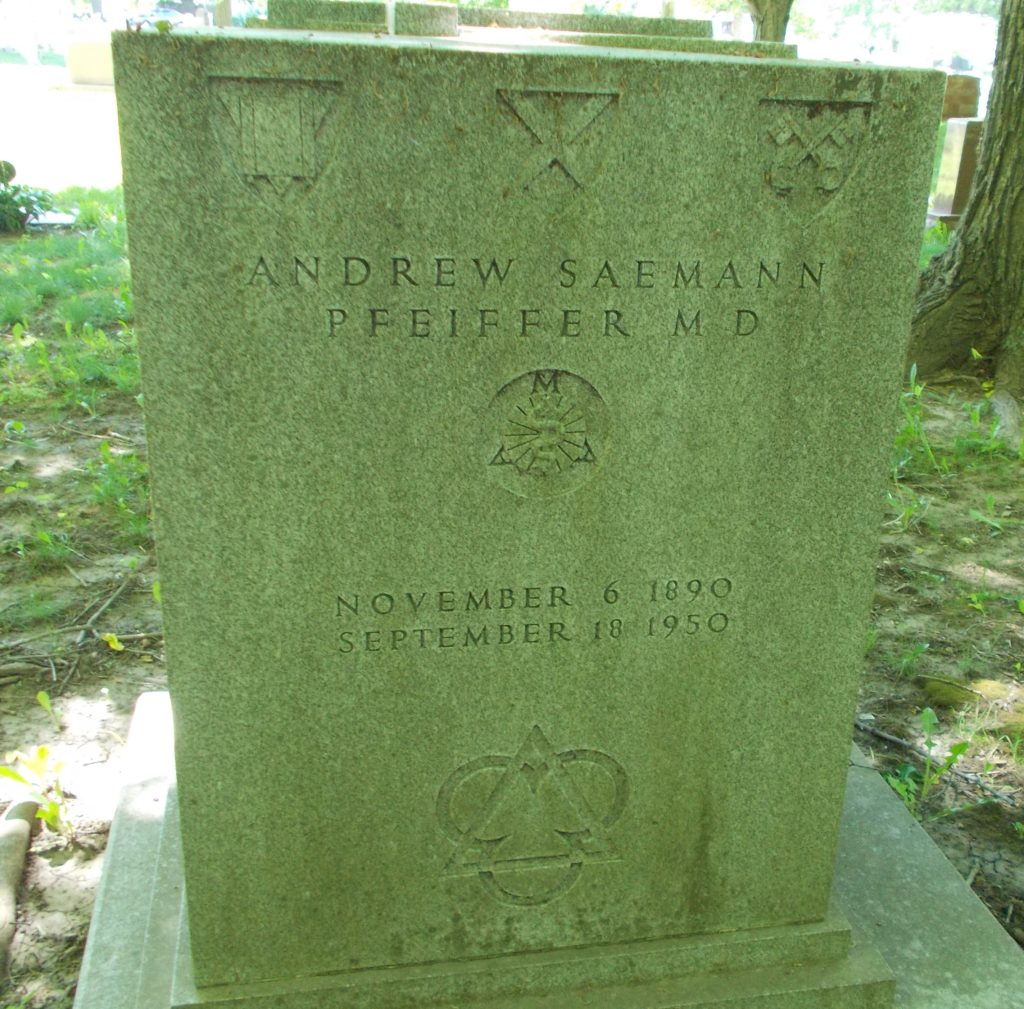


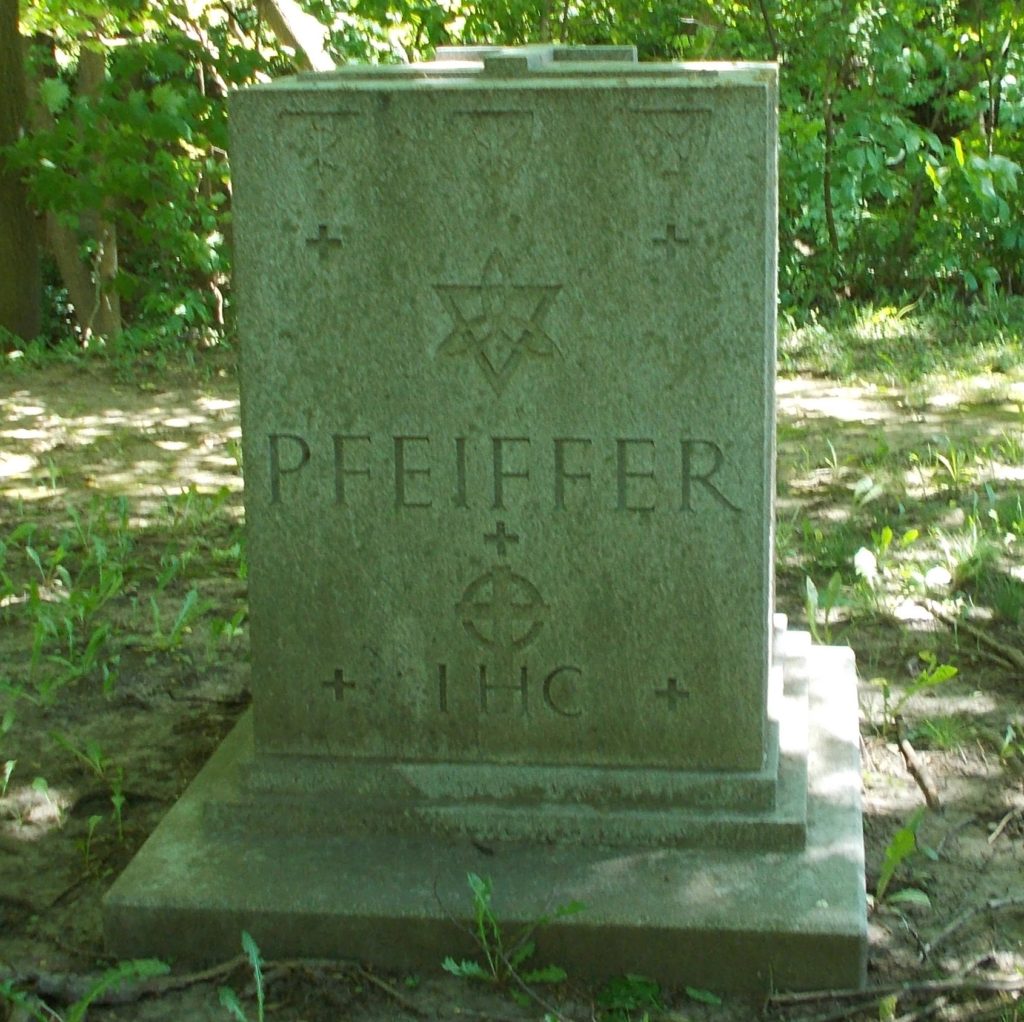
The Racine Journal Times
Thursday afternoon, September 21, 1950
Between the Lines
By Tex Reynolds
The Passing of Andy
They laid Andy to rest today. That’s what his close friends called him. More formally, he was Dr. A. S. Pfeiffer, a physician and surgeon here for 38 years.
You couldn’t call Andy a “country doctor.” Certainly he didn’t fit the picture of any old-fashioned rural practitioner who might be a bit behind the times, professionally. Andy was a skilled man. And yet he had one important attribution of those old-time doctors. He made friends of his patients. And he had a tremendous number of them. Probably no other doctor in Racine’s recent history took care of more people. He had prosperous patients in the “upper brackets.” But also, he had many “from the other side of the tracks.” On his books were scores of charity cases.
“No matter how bad you felt when you went in to see ‘Doc,’ you felt better when you came out,” is the way one of his patients put it today. “Beside what he did for you as a physician, he talked you out of a lot of your troubles.”
Not so many doctors seem to have this any more. They’re more snappy and businesslike. Perhaps this increases their over-all efficiency. But a lot of those who went to Andy will tell you that his way of handling folks is becoming a lost art to be sadly lamented.
A man of strong convictions, aside from his own profession, was Andy. These led him to take part in civic movements, like the crusade to bring the city manager form of government to Racine about 15 years ago. He put a lot of his time, and his own money, into that unsuccessful fight — not because he had anything to gain personally, but because he thought it was for the good of the town. You can’t have too many men like that in any city. Racine has deplorably few.
Andy had a son who was going to follow in his father’s footsteps. “But he’ll be a better man than I ever was,” the senior Pfeiffer used to say. And Charles, a very bright young man, showed unusual promise as he went through school and entered the medical profession. But then he joined the Army, and one winter day 1944, he lost his life in the “Battle of the Bulge.” Andy was never quite same after that. He could still crack a joke, but much of his old zest was gone, along with his physical health.
You can say it again — no city can ever have enough men like Andy, either as doctors or as citizens.